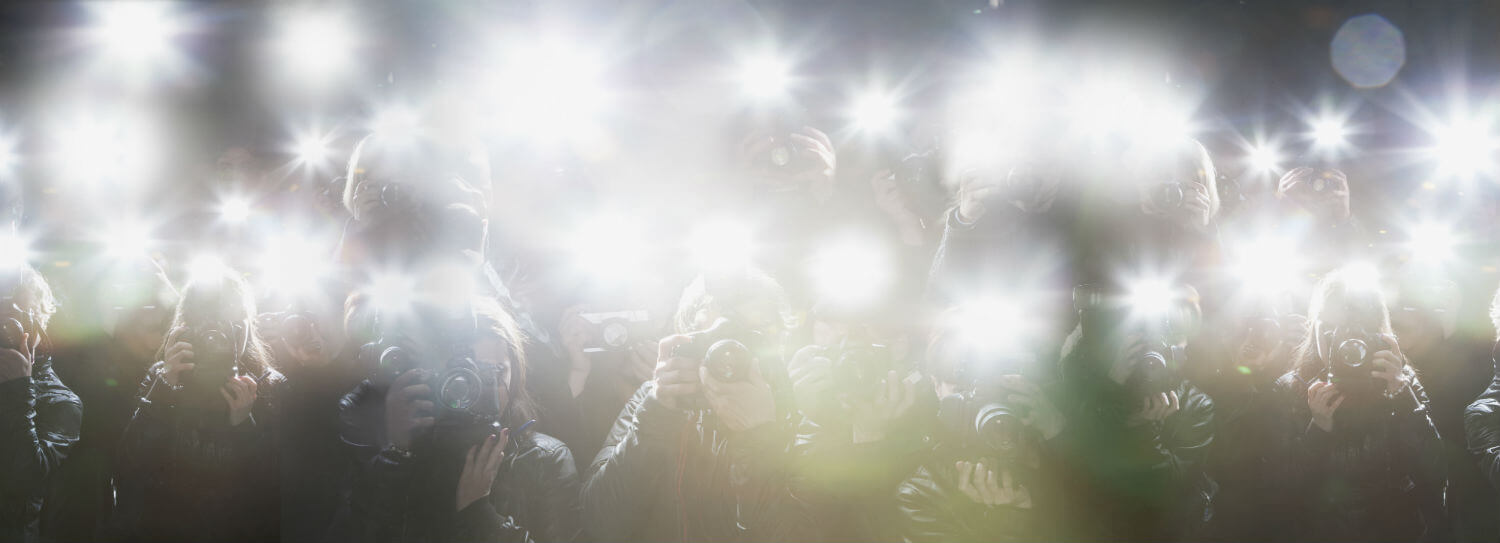Ryan Reynolds, star of the upcoming Green Lantern film, and Harry Potter actor Rupert Grint are the latest faces to sport the iconic milk moustache in the campaign to get Brits drinking more milk. The advertisements, which will go on display this month, are the most-recent prints for the Make Mine Milk campaign; Pixie Lott, Usher and Elle MacPherson have previously fronted the campaign.
Of course, using celebrities to advertise a product is nothing new and you can currently see Jamie Redknapp, Elle Macpherson and singer Tinie Tempah on our screens in adverts for Marks & Spencers, Walkers Crisps and Lucozade respectively. But, what’s the rationale behind the use of a famous face in an advertising campaign? Here are just some reasons:
Memorability
Celebrities are excellent for grabbing people’s attention and, instantaneously, a campaign is more memorable because of a famous face on the screen. Consider the appearance of Rob Brydon in the latest Crunchy Nut campaign or the use of Cheryl Cole in the L’Oréal adverts.
Endorsement
The use of a famous face helps to influence the way consumers view a product. If a glamourous model or film star advertises a new moisturiser or fragrance, the customer subconsciously equates that product which the appearance or star-quality of the celebrity. Customers relate the item to fame and success of the celebrity, purchasing the product in the hope of emulating that to some degree. For example:
Star quality
Celebrities have the ability to transfer their personal qualities onto a product. For example, a celebrity known for their edgy sensibilities may advertise a product in order to shape a new image for a brand. The appearance of Peter Kay in the John Smiths beer adverts is a clear example of someone’s reputation being transferred to the brand; his image as an ‘ordinary bloke’ helped shape a new direction for the product.

